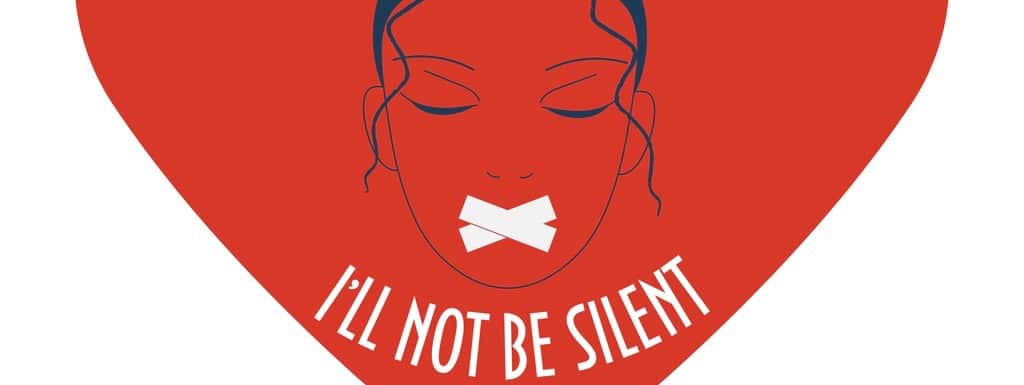After Charlie Rose became the latest to fall after eight women came forward alleging the renowned journalist sexually harassed them, I now firmly believe that no organization can claim immunity from this kind of crisis.
Suffice it to say you stand a good chance that one will occur at some point. Thankfully, our society appears to be offering a supportive environment for more women to come forth without fear of being felt ostracized or shame. The flip side of this story, though, means companies must prepare to deal with these matters on a PR front as much as they do legally.
Planning for a crisis like this can no longer remain a secondary priority and waiting until a claim surfaces will significantly hamper the likelihood your organization can recover with its brand equity and loyal customers intact. Just ask Louis CK, Uber, Weinstein Productions how things fared after allegations surfaced. All saw their future fortunes dwindle if not go away completely. More to the point, other organizations can expect the same outcome for them if they don’t prepare well.
For organizations without a crisis PR plan for sexual harassment claims, get going on developing one ASAP. In the meantime, make sure any communications include the following:
Address all four audiences
If all you do in dealing with this unexpected, massive stink bomb is talk to the press, your problem will continue and, more than likely, get even worse. The reason is simple. Addressing the media, while paramount, should not come at the expense of communicating with three other audience groups.
In fact, the order of priority for communicating any corporate response to a crisis should be:
- Employees
- Customers
- Stakeholders
- Media
Don’t assume anything
Anyone involved in a crisis communications issue knows that, without exception, the original facts are, at best, incomplete or, at worst, flat out wrong. Chaos ensues in practically every crisis communications events. First reports often come in unverified and will change as the situation unfolds. Taking the initial information at face value will almost certainly mean you’ll be correcting, clarification or even retracting earlier statements. You’ll leave your stakeholders and interested parties confused, turned off and disinterested in doing business with you again.
Don’t attack the accuser
Even if the story is inflammatory, companies will not gain support for their position by going after the individual personally. Counter the claims if you must, but keep your punches clean and “above the belt.” Taking the high road is always a good tactic.
Don’t be over-animated
You need to show a sense of calm, while, at the same time, demonstrating care and concern for the matter. It’s a delicate balance that, if played right, will make you the voice of reason in the crisis. You need to be approachable, on message, and – most important – the “Steady Eddie.”
Identify corporate messages to convey
This will most probably not be all-encompassing, but a good start to ensure that the organization practices critical points to articulate for each audience segment.
Don’t take these tidbits as enough to develop a full plan. That will take time and outline roles, responsibilities and set aside time for training. Nevertheless, it’s a good start.




